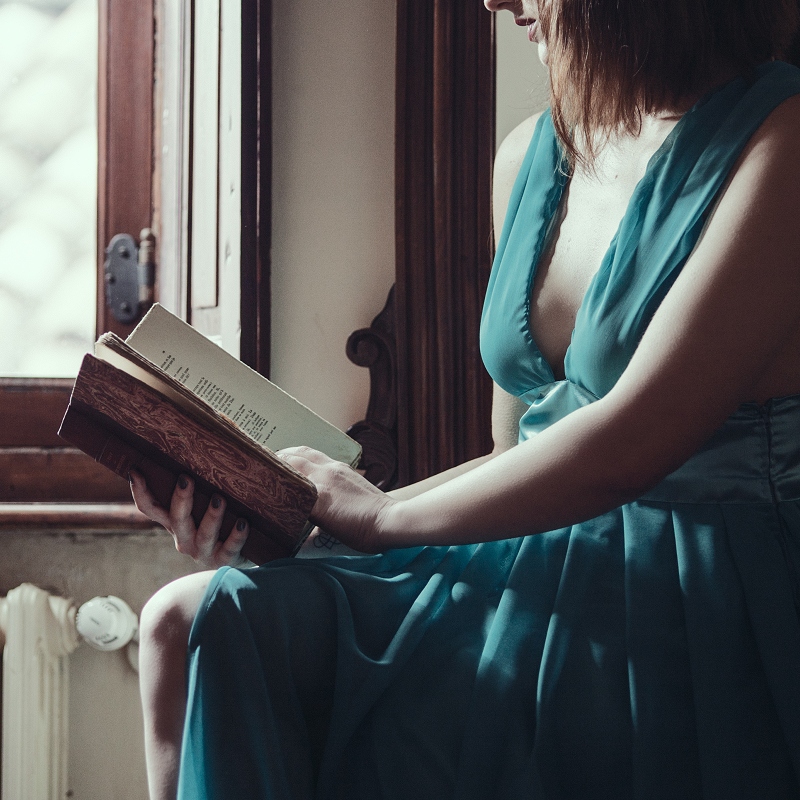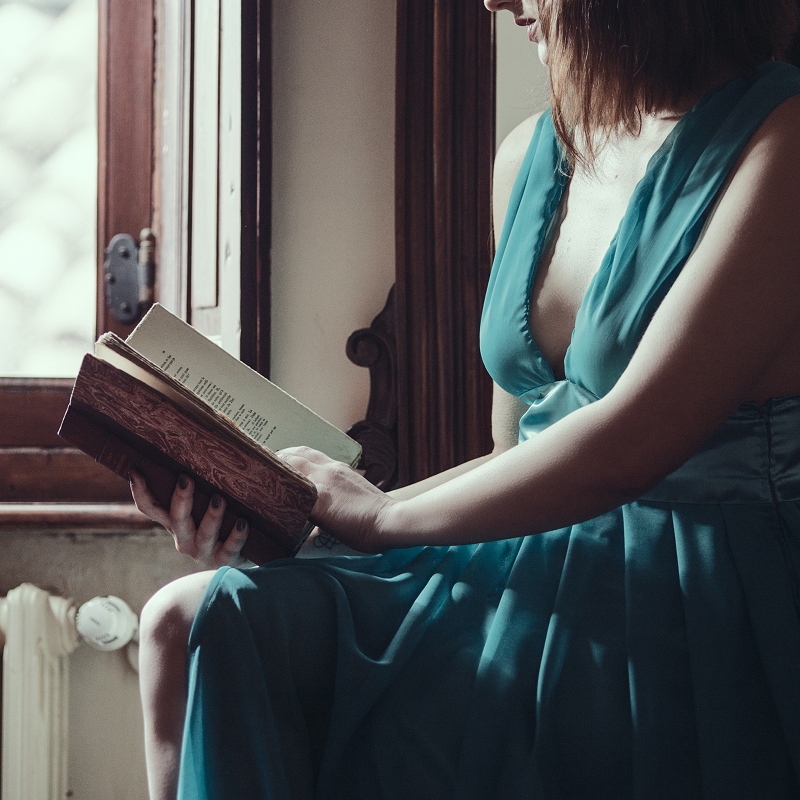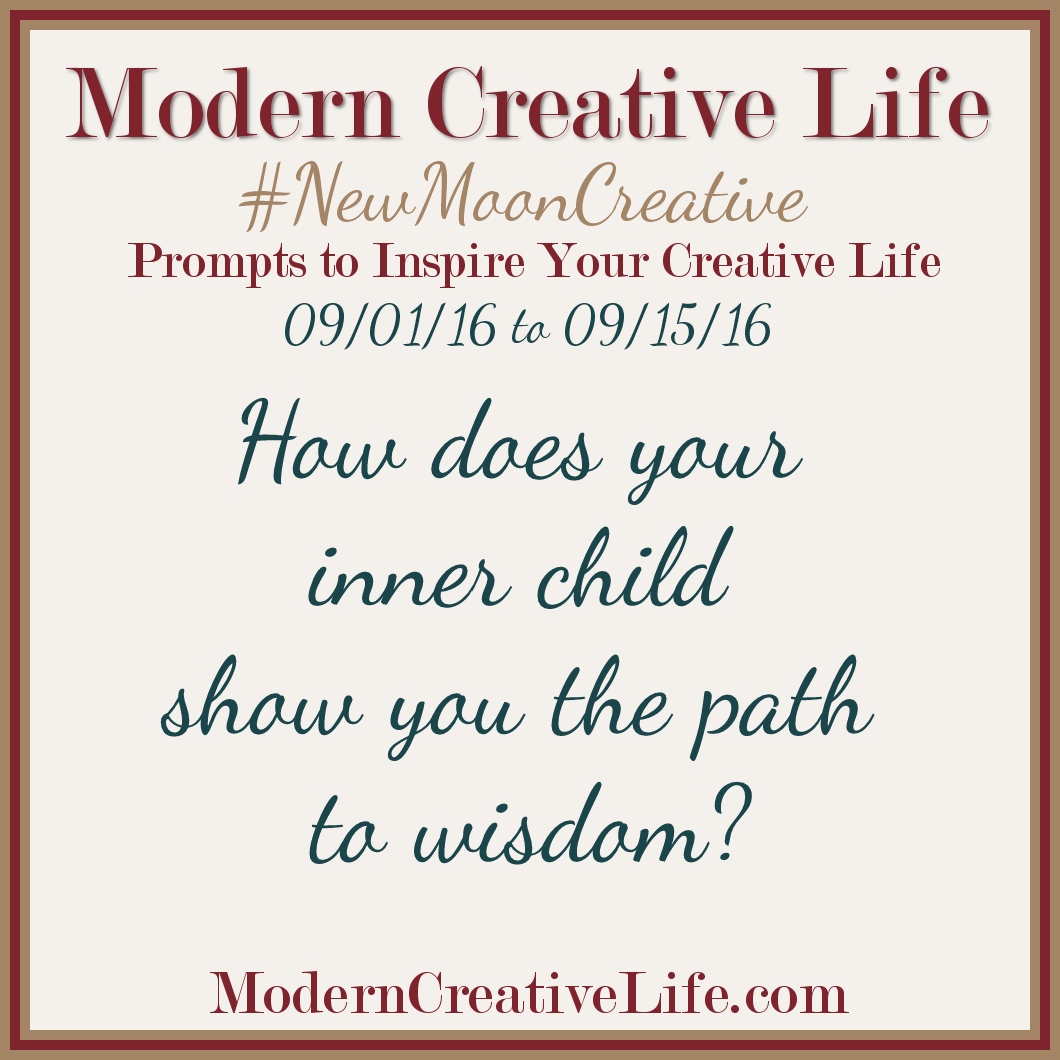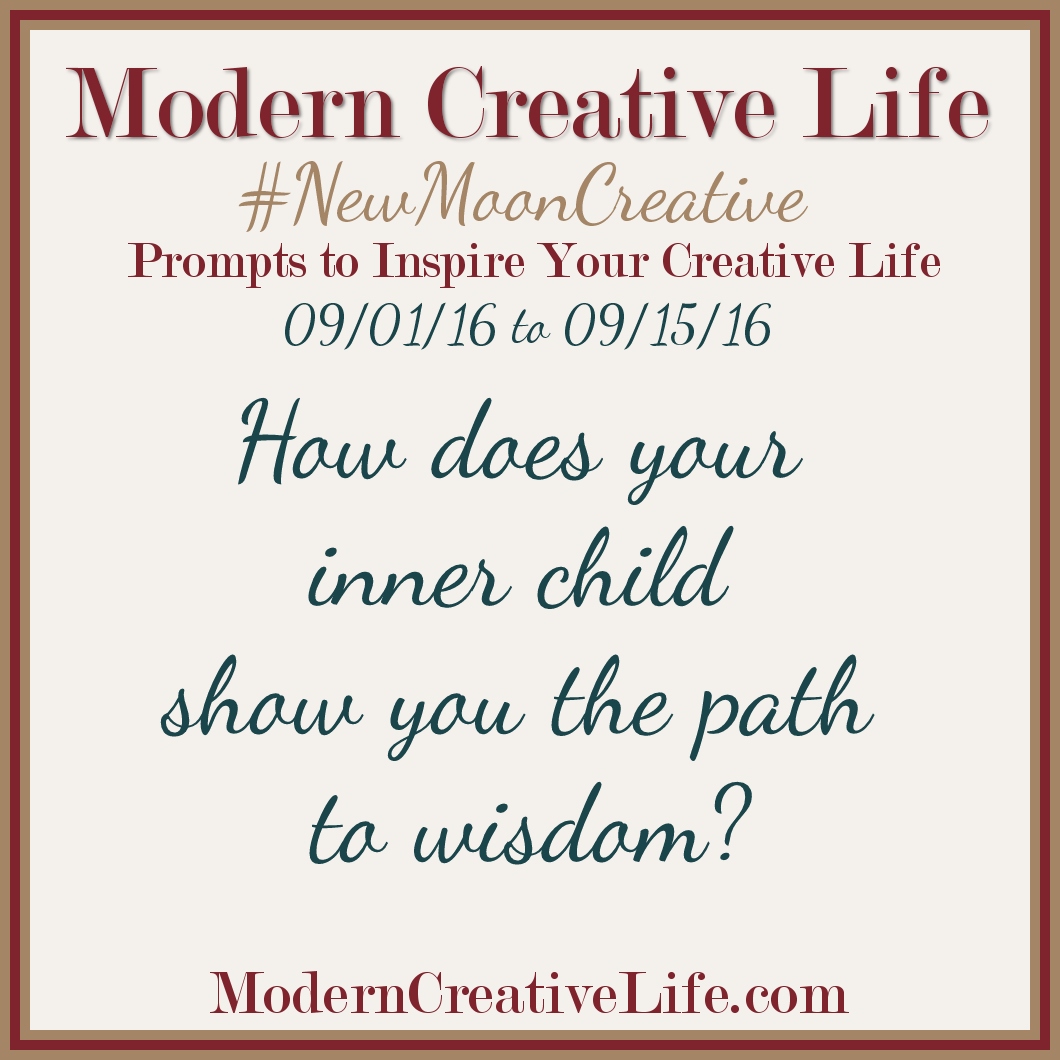
If you plan on breaking your wrist anytime soon, don’t do it all alone in a one-hundred-year-old twenty-room mansion at 6:30 in the morning.
Just sayin’.
I tripped on the bathroom threshold at the Jim Boyd mansion at the Weymouth Center for the Arts during a much-anticipated writing residency. Falling sideways into the bathroom, I curled cozily around the toilet and broke my wrist. All on a beautiful April morning.
A dear friend to whom I will always be grateful came to my rescue, first aid book and ice pack in hand. Bless her beautiful heart. I will spare you all the details of that day and the four months, two Urgent Care visits, four splints, two surgeries, one ruptured thumb tendon, three casts, and countless doctor and therapy appointments.
What I will do is filter out what I have learned from this saga.
The Good Stuff.
Let’s start with the people in white coats, or green scrubs, more likely. They astound me.
An orthopedic hand specialist? Didn’t even know one existed. In the first surgery, he installed the usual pins and plates. A piece of cake to this guy. Second surgery offered him a bit more fun. He transferred and wove a tendon from my index finger into my thumb tendon. A few steps up from weaving potholders.
And a hand physical therapist? Imagine a large room filled with nursery school toys, peg boards, putty, beans in bowls, things to wind up and squeeze. And then put in some therapists who know how to use these toys to help patients regain the use of their hands. What a satisfying profession and what a brilliant person my therapist is. Many times she gave me emotional therapy along with physical therapy.
It is almost cliché to say one has learned to appreciate one’s family. I had to live it to learn it.
My husband brought me People magazine, and trays of food, and doses of medicine, and glasses of wine. He helped me into the car and chauffeured me to endless doctor and therapy appointments. He tried to cook, though we were both happier when he brought home fast food. We learned all the take-out menus within a five-mile radius of our house. The thing he most hated to do, but did anyway, was put lotion on my left arm after a bath. I could use my left hand to put lotion everywhere else, but not on itself. And my sweetie gets kind of creeped out by lotions. It’s just a thing he has.
Our son, who lives with us, opened jars of jam, buttered my toast, and tied my shoes. One day he caught me scooting down the stairs dragging the laundry basket, which I couldn’t pick up, down with me. He looked at me in mild disgust. “Give me that,” he said. “Look, Mom. It’s a temporary situation, all you have to do is ask.”
Blessed, that’s what I am.
When I was able to supervise some cooking, both he and my husband chopped things very nicely. We even invented a tasty dish of chicken sausage, roasted potatoes, green beans, and grape tomatoes, which we named Therapy Stew.
When our daughter completed all the end-of-year demands her teaching job required, she came home and brought our adorable two-year-old granddaughter to brighten my spirits. While I reveled in my Gigi role, our daughter cooked, shopped, and took me to the store to buy soul- satisfying things like nail polish and eye shadow. In the afternoon, while her daughter slept in her arms, we enjoyed a glass of wine, and she talked me through my experience as only a daughter can. Later that evening, she filed my fingernails and painted my toenails, other things my husband just couldn’t get the hang of.
My long distance family asked about my sleep and how was the pain and what did the doctor say, and cheered me on with phone calls, emails, text messages, cards, and bouquets of flowers.
The day I hit rock bottom, the day I cried all morning, turning my eyes stoplight red and my face puffy as a yeast roll, a dear friend came by. She came through the door of my bedroom like a guardian angel carrying an enormous bouquet of sunflowers and lilies, and an overflowing bag of chocolate truffles, mango cookies, and caramel popcorn. She listened to me lament, “Will I ever be pain free? Will I ever be able to write and sew?”
Other friends sent me emails and asked me to dinner. Ten of us had a jolly time at a Cast Away party, bringing food enough to carpet my table and wine enough that we are still enjoying it weeks later.
That’s the Good Stuff, skilled professionals, devoted family, loyal friends.
Now the Bad. Let’s talk pain.
I learned different kinds of pain. There never was the screaming kind of pain, but there was the all-encompassing, deeply penetrating ache, relentless as a heartbeat. And then came nerve pain like creepy crawlies beneath my skin. I used ice. I used heat. I had drugs, even the heavy duty ones, but pain never disappeared entirely.
Pain brought me down. It wore me out. It made me old. I walked slow, with a shuffle. I moaned and sighed like a tired old creature.
Foolishly, I thought when I had the cast removed life would be easier. Well, yes and no. I didn’t have to cart around a rock hard vice any longer, but now I learned about surface sensitivity. When skin has been traumatized by two surgeries and encased in a cast for six weeks, it becomes sensitive to – – well almost anything, simply being exposed to the air. The top of my hand felt like the skin was burning. Although most of the ache and the nerve pain have dissipated, the burning sensation remains. I look forward to the day it is just a memory.
Fear is the Ugly.
If this could happen to me, could it happen again? Or something worse?
I now have a real fear of falling. I grab stair rails tightly, watch where my feet go with every step, and have anxiety about things I used to anticipate gladly. My dependence made me afraid to leave home. Even our first road trip to our daughter and her family, a trip that normally filled me with joy, worried me in a vague free-floating way.
Getting behind the wheel of the car again. Fixing my own hair. All these ordinary things filled my head with worst case scenarios.
In a few weeks, we have a plane trip planned. Can I still navigate an airport security line, get on a plane full of people who hurry and bump, and stow my carryon under my seat? Can I retrieve my checked luggage from the turntable?
Each fear has to be corralled and subdued. So far, I am pumping my fist at each small victory.
Were there aha moments when the good, the bad, and the ugly insights came to me? Not so much moments, more growing realizations.
Things I had always known at some level now moved to the forefront of my mind and heart. Will this knowledge stay with me? Flawed as I am, I can’t be sure. When my hand is no longer stiff and sore, will I take for granted this five-fingered wonder on the end of my arm? I know I will take my husband for granted, because that is just what married people do.
I do know this: when I walk down the street, or into a restaurant, or visit the mall and see someone in a sling, or on crutches, or in a wheelchair, I send them silent wishes for recovery and good health.Rich or poor, highly educated or barely literate, old or young, we all belong to the same club where the membership is injury and pain.
I learned empathy for people whose lives will never be pain free, refugees who spend years in squalid camps, who starve and go unwashed for lack of water, who have inner and outer wounds that will never heal. I pray for them and for all people who endure the agony of cancer, or sick children or the death of a loved one, who suffer bravely and silently day after day.
And I feel humbled and fortunate.
And for the record, I am returning to the scene of The Great Fall for another week of writing at the Weymouth Center, but this time I am going with a friend. When I get there, I am going to sit down in the hall and have a good long talk with the threshold that brought me down on that April morning four months ago, and we are going to come to an understanding.
Just watch me.
About the Author: Bernie Brown
 I live in Raleigh, NC where I write, read, and watch birds. My stories have appeared in several magazines, most recently Modern Creative Life, Indiana Voice Journal, and Watching Backyard Birds.
I live in Raleigh, NC where I write, read, and watch birds. My stories have appeared in several magazines, most recently Modern Creative Life, Indiana Voice Journal, and Watching Backyard Birds.
I am a Writer in Residence at the Weymouth Center, which is the perfect spot to work on my novel-in-progress.
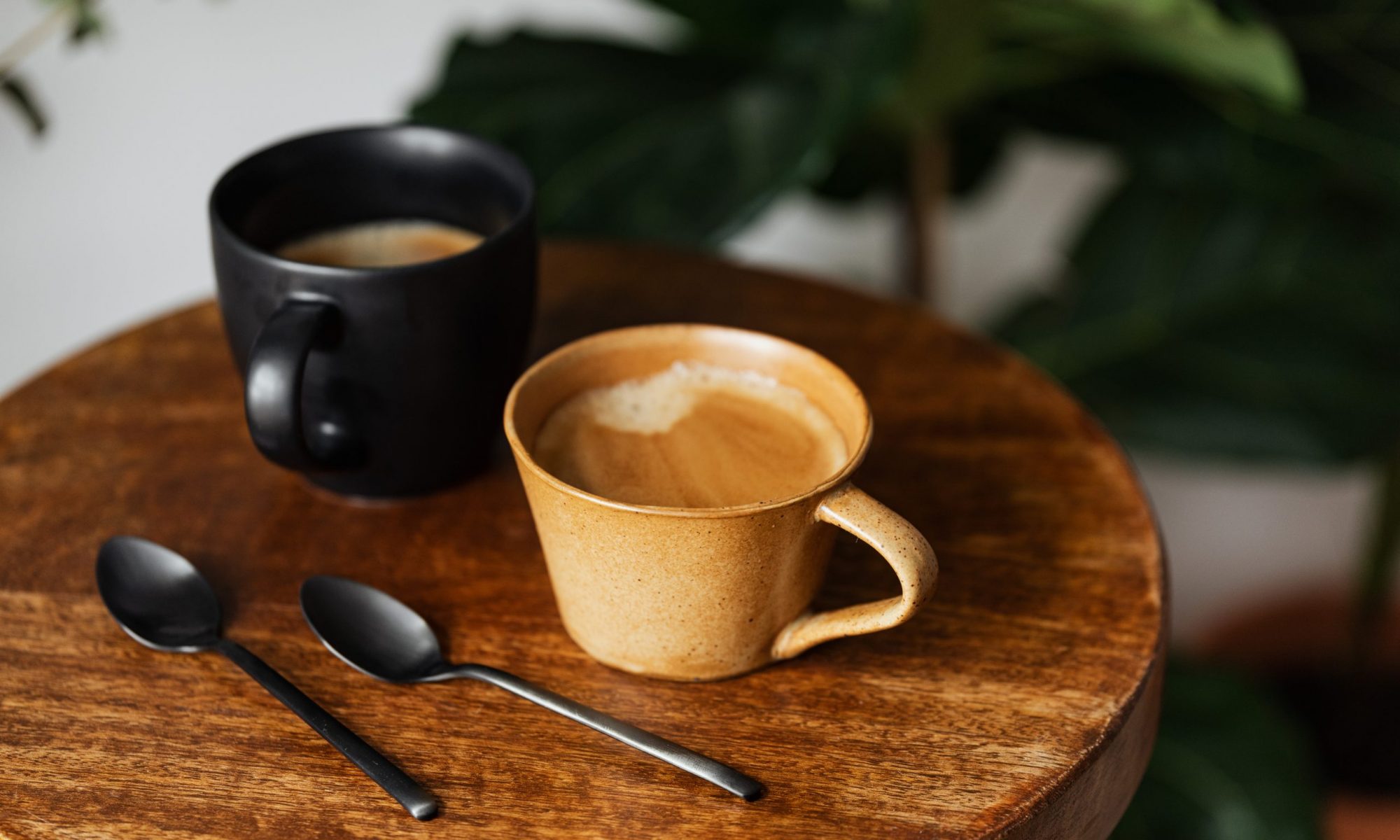

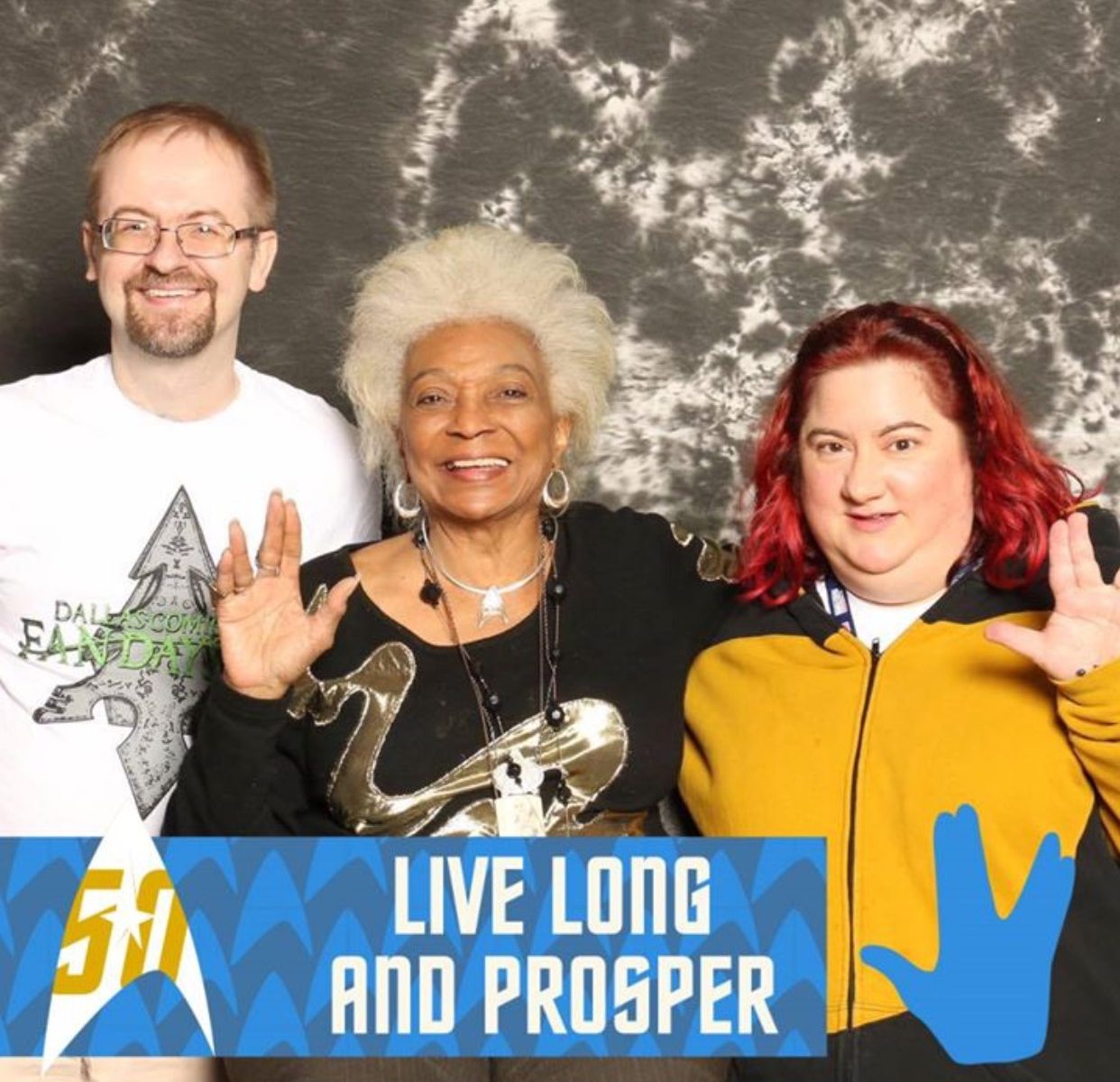
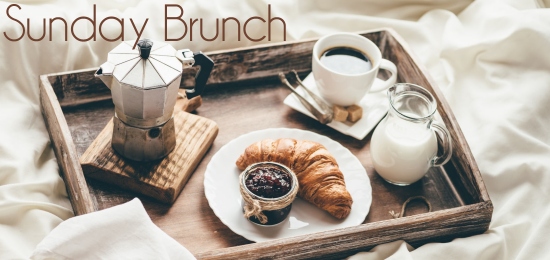
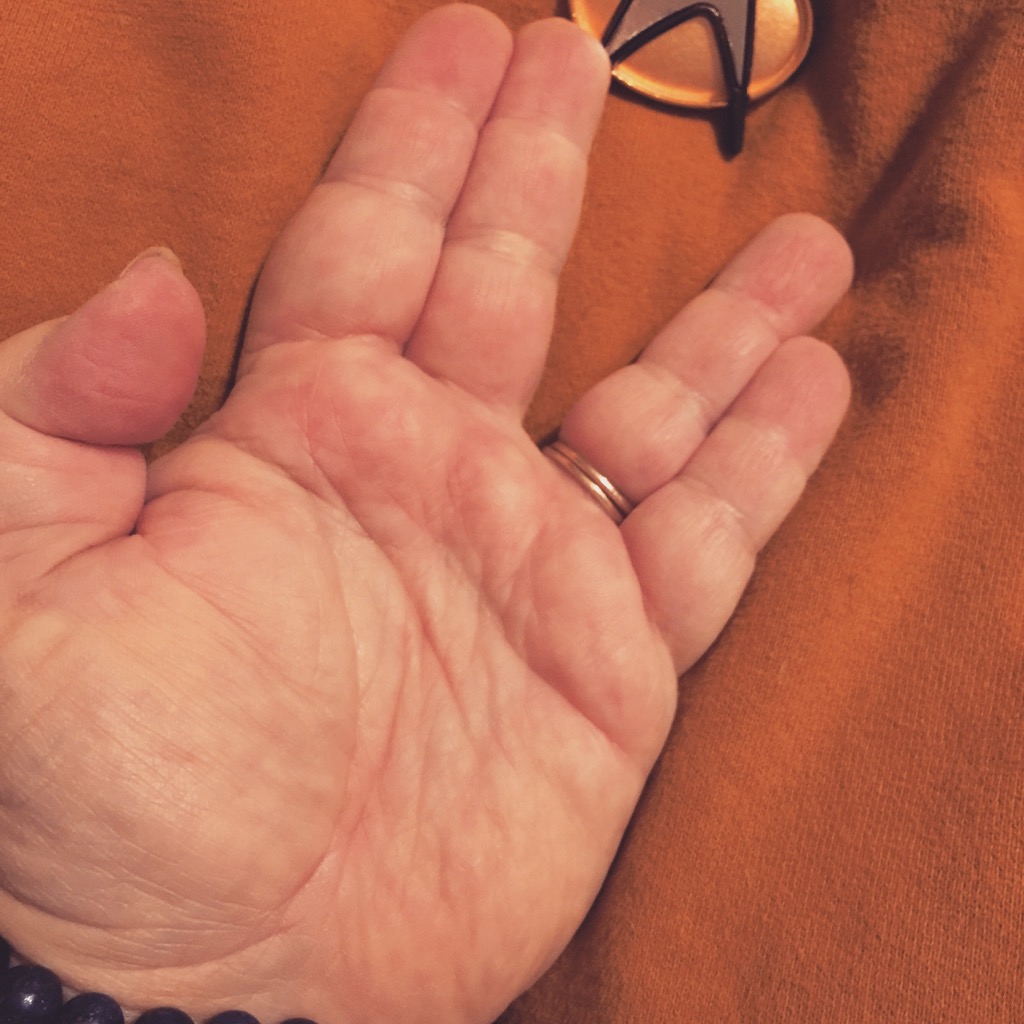
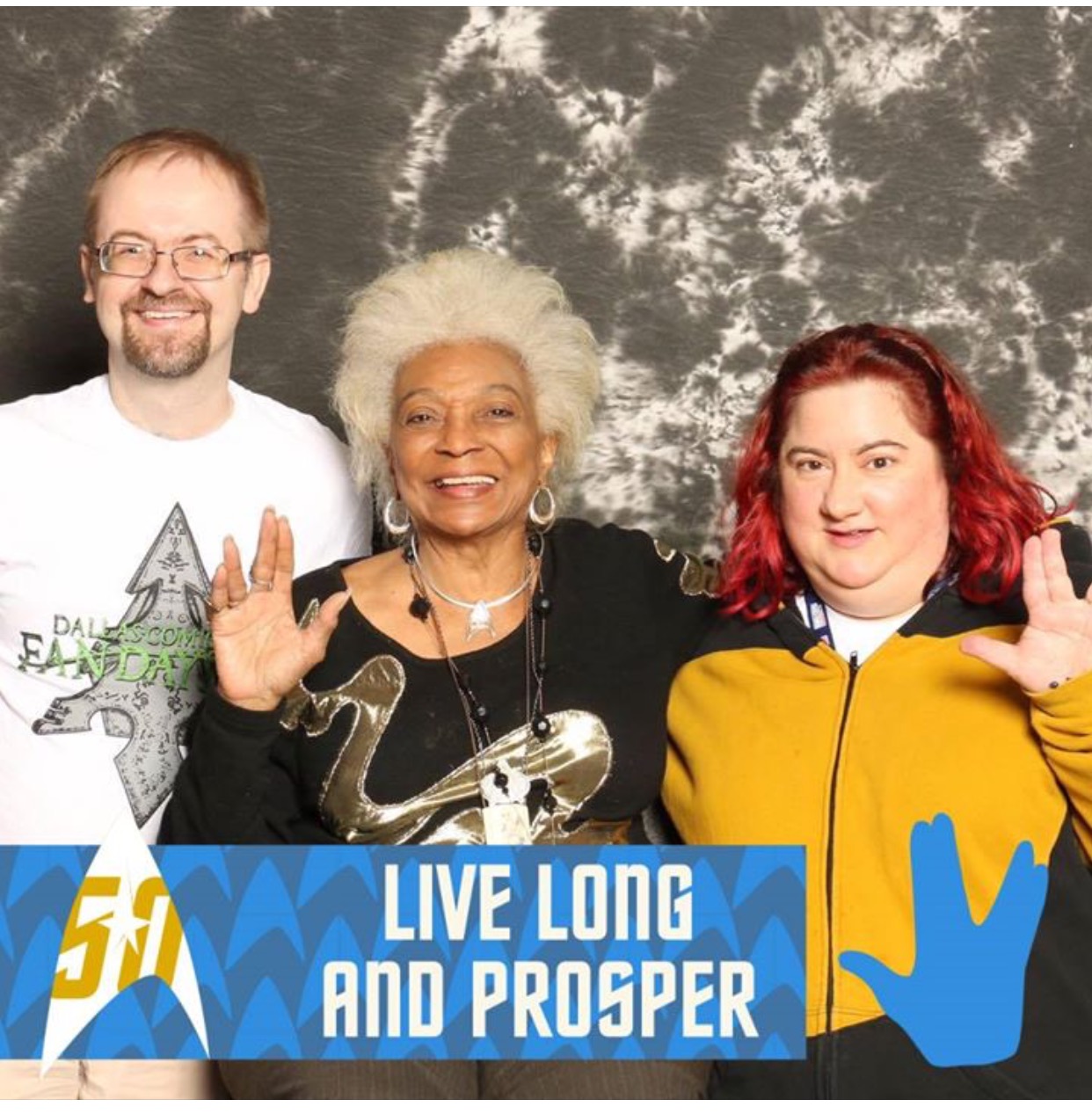
 Melissa is a writer, voice actor, podcaster, itinerant musician, voracious reader, and collector of hats and rescue dogs. She is the author of
Melissa is a writer, voice actor, podcaster, itinerant musician, voracious reader, and collector of hats and rescue dogs. She is the author of 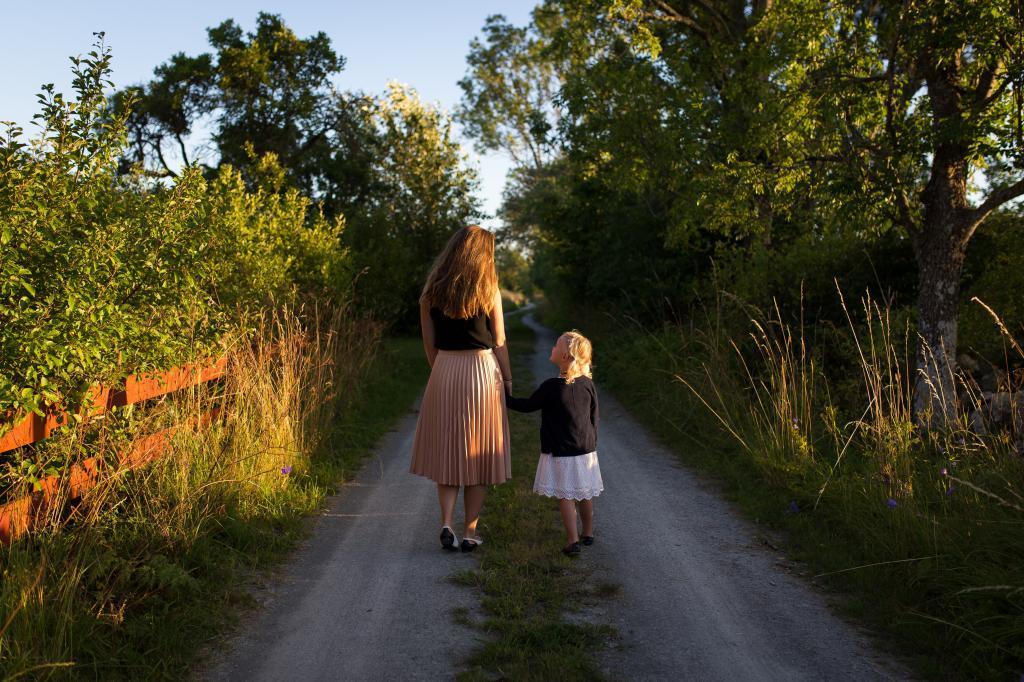
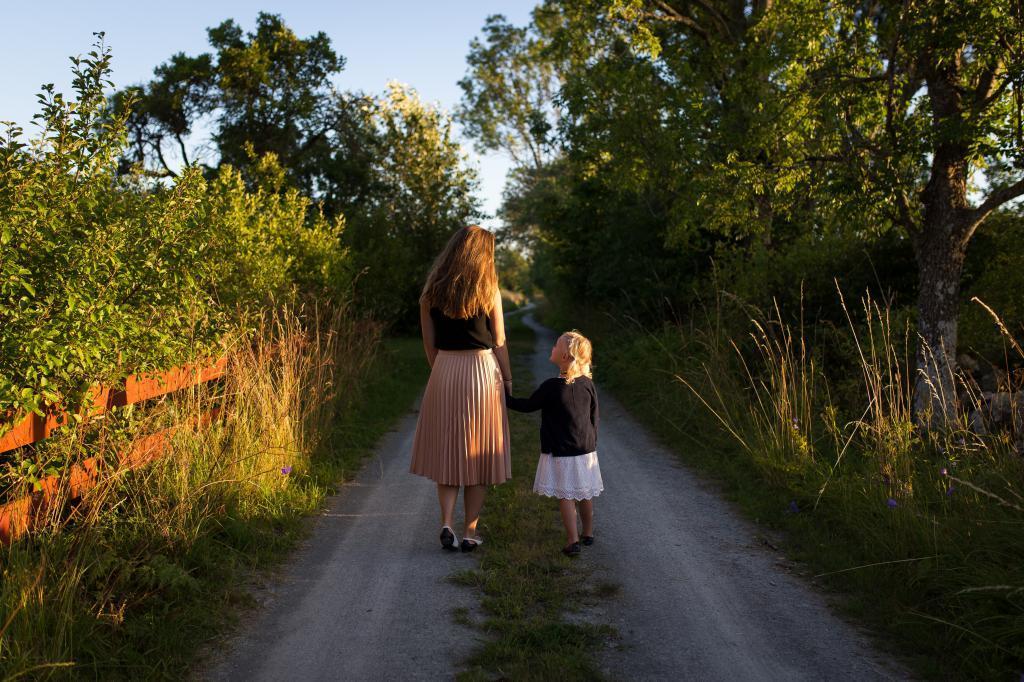
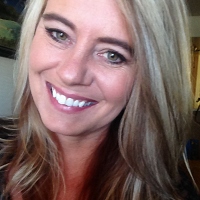 Lisa Zaran is the author of eight collections of poetry including Dear Bob Dylan, If It We, The Blondes Lay Content and the sometimes girl. She is the founder and editor of
Lisa Zaran is the author of eight collections of poetry including Dear Bob Dylan, If It We, The Blondes Lay Content and the sometimes girl. She is the founder and editor of 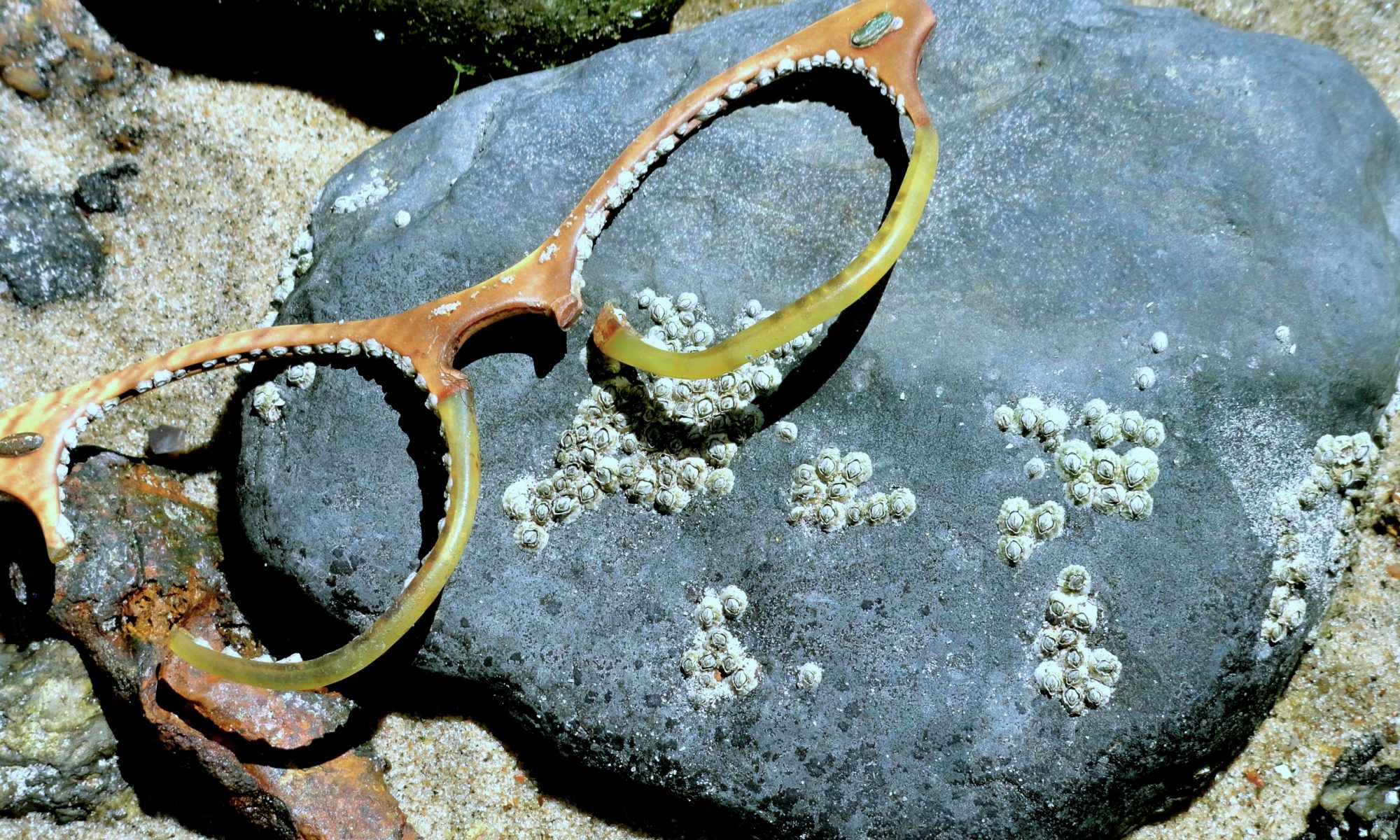
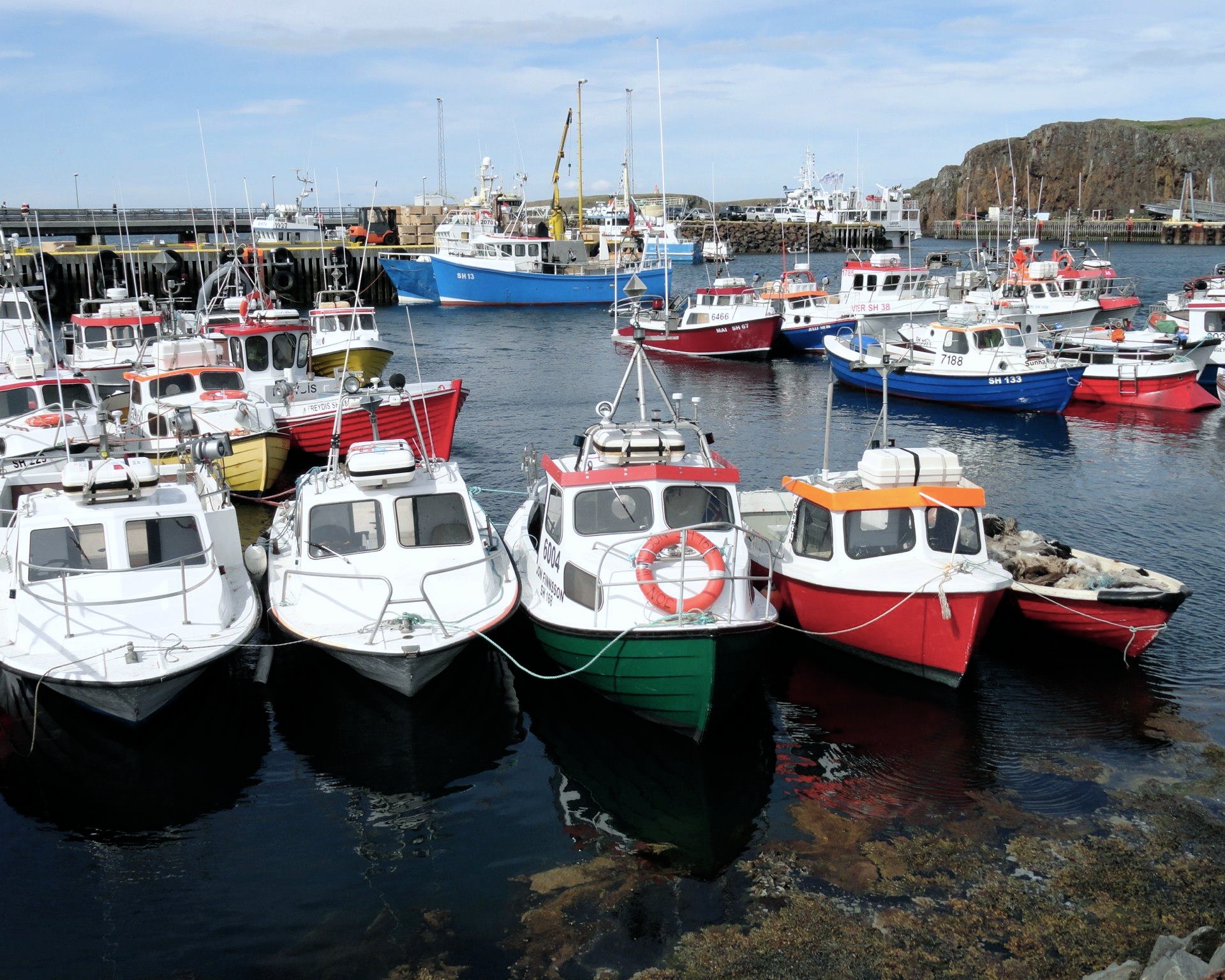
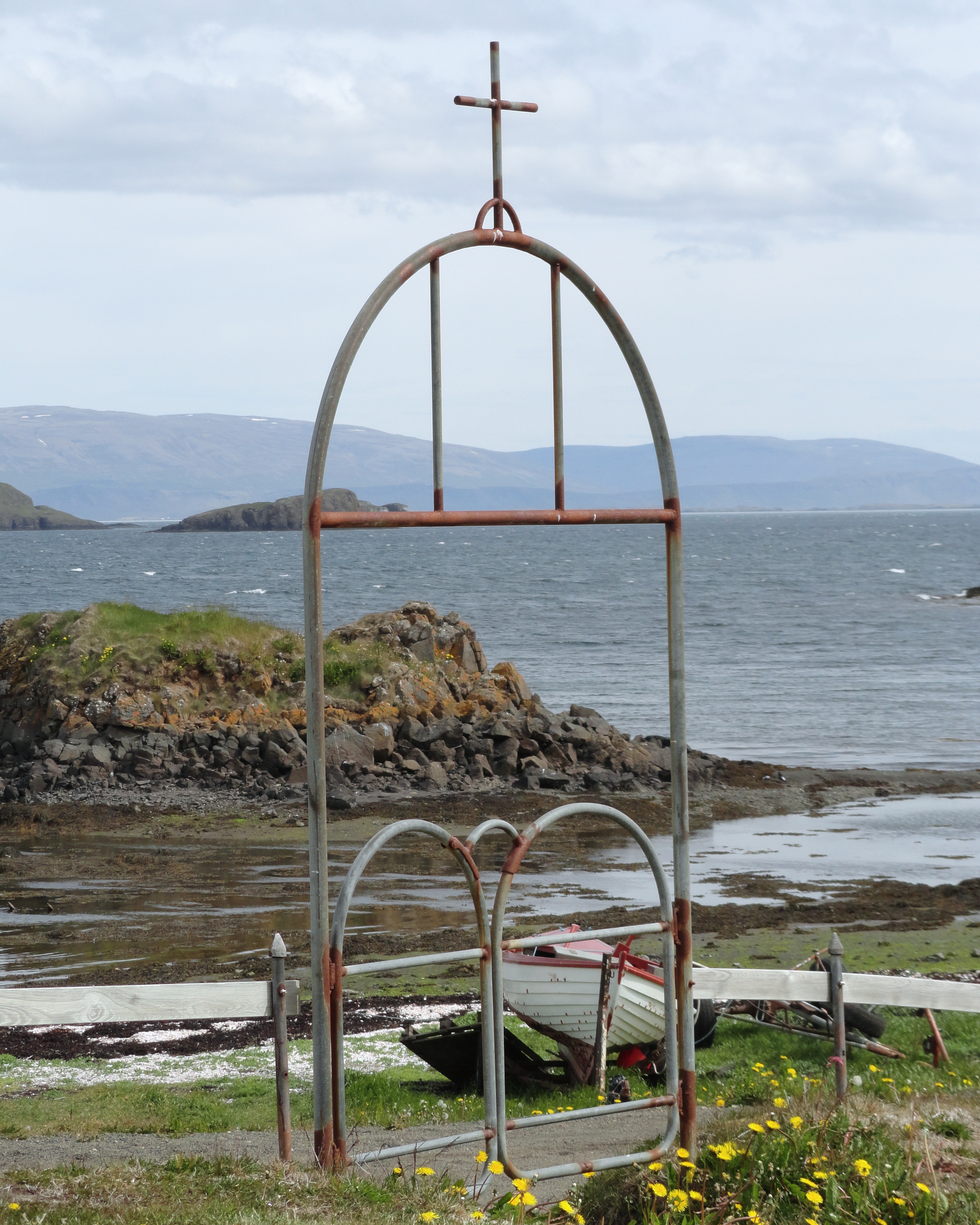
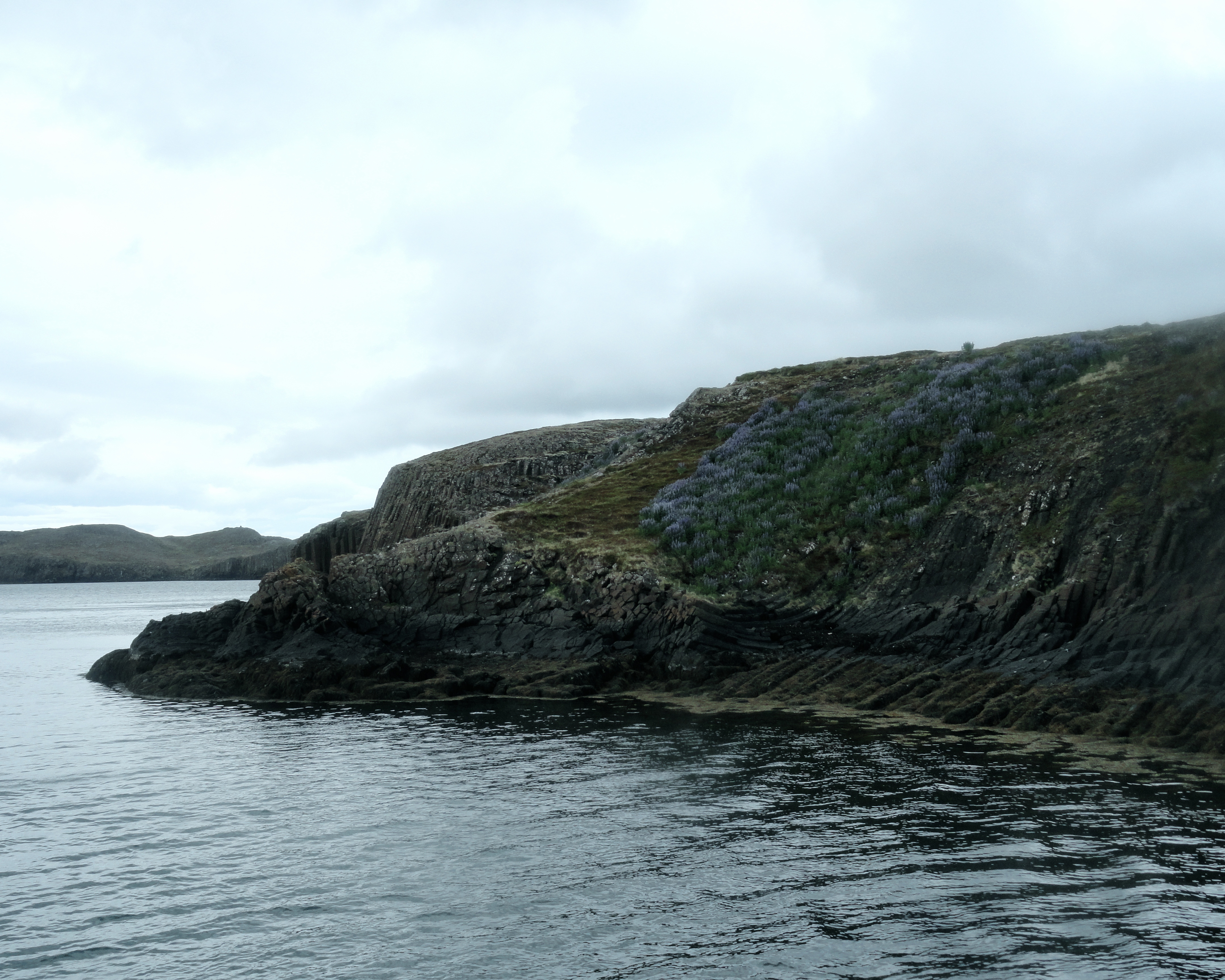
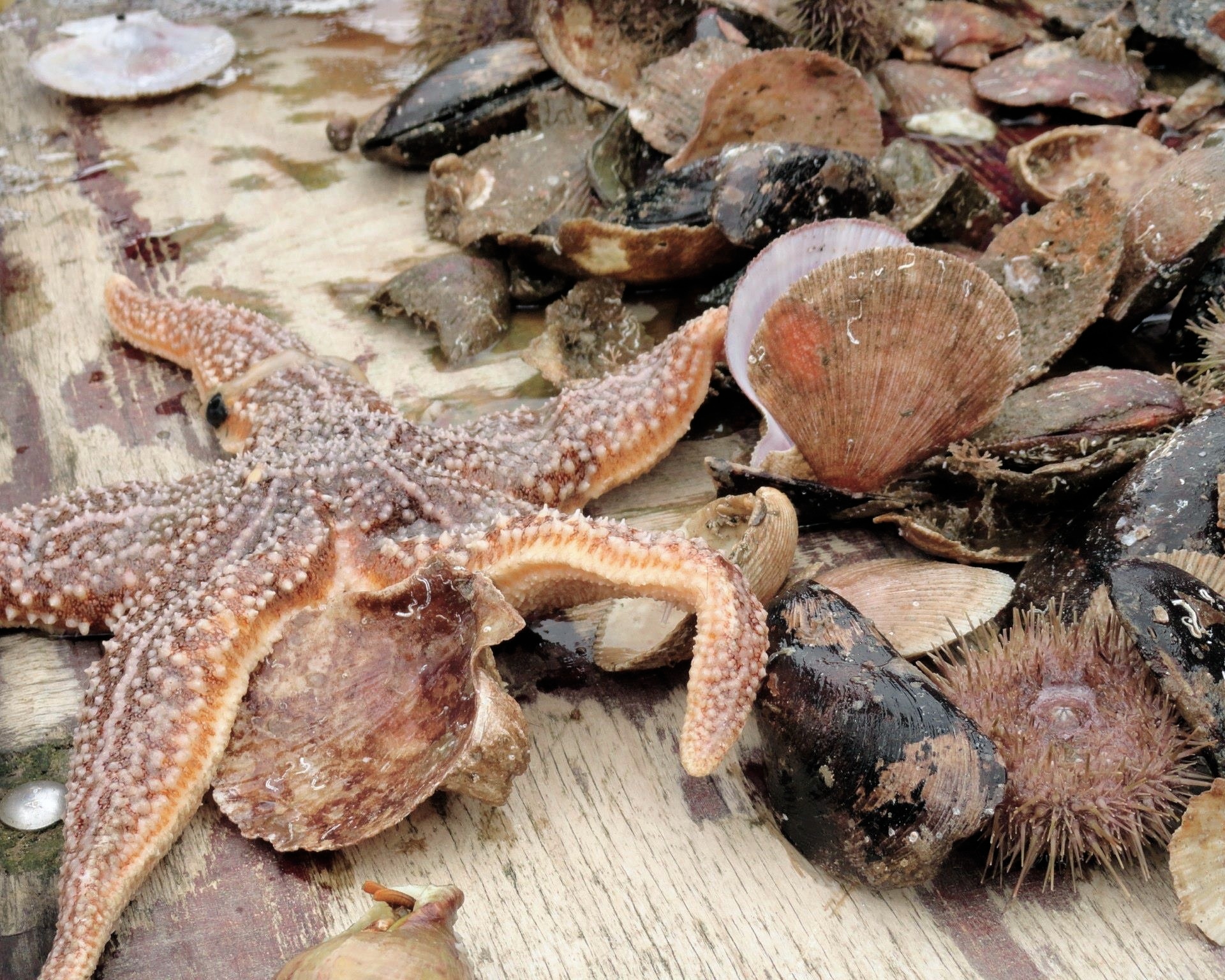

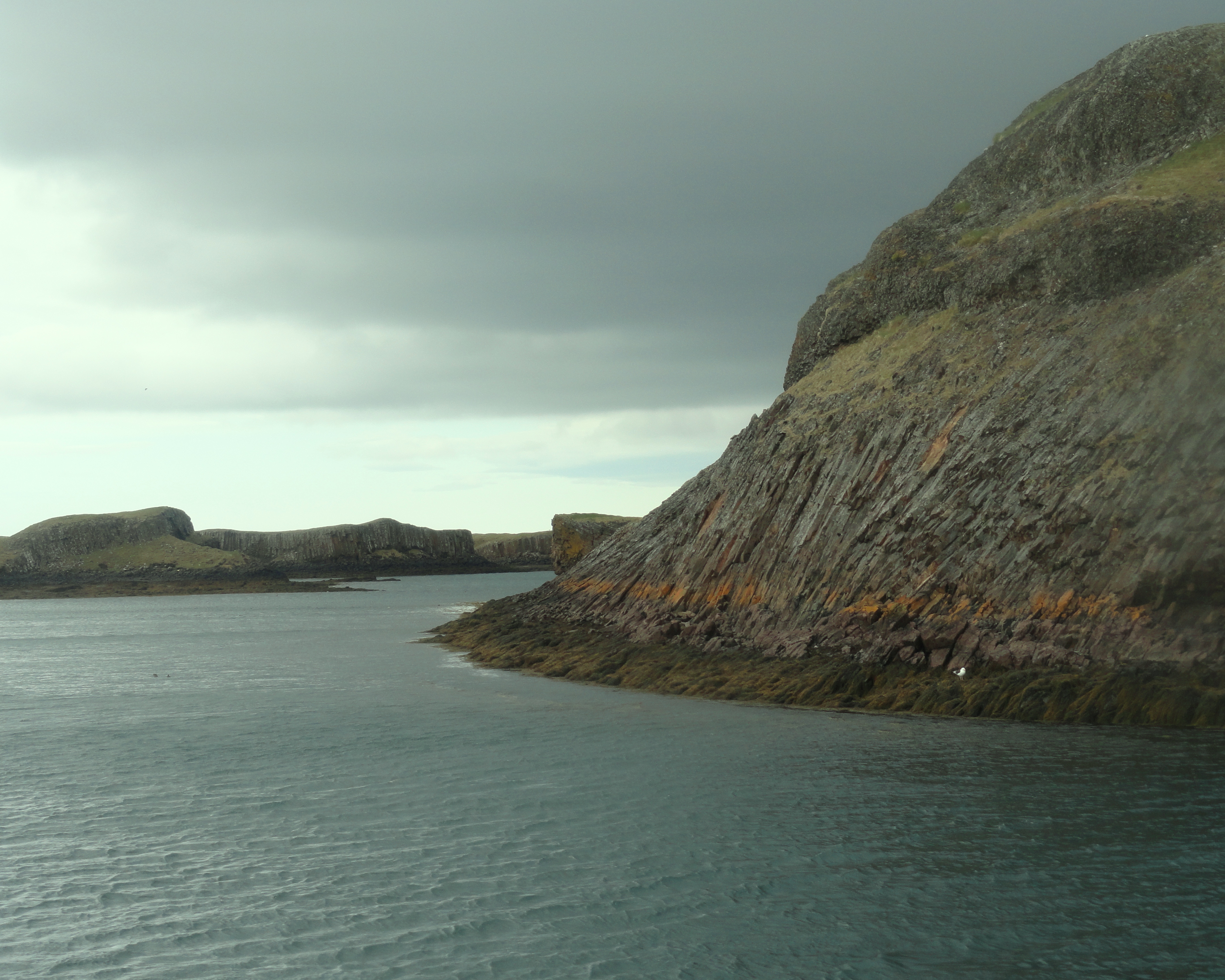
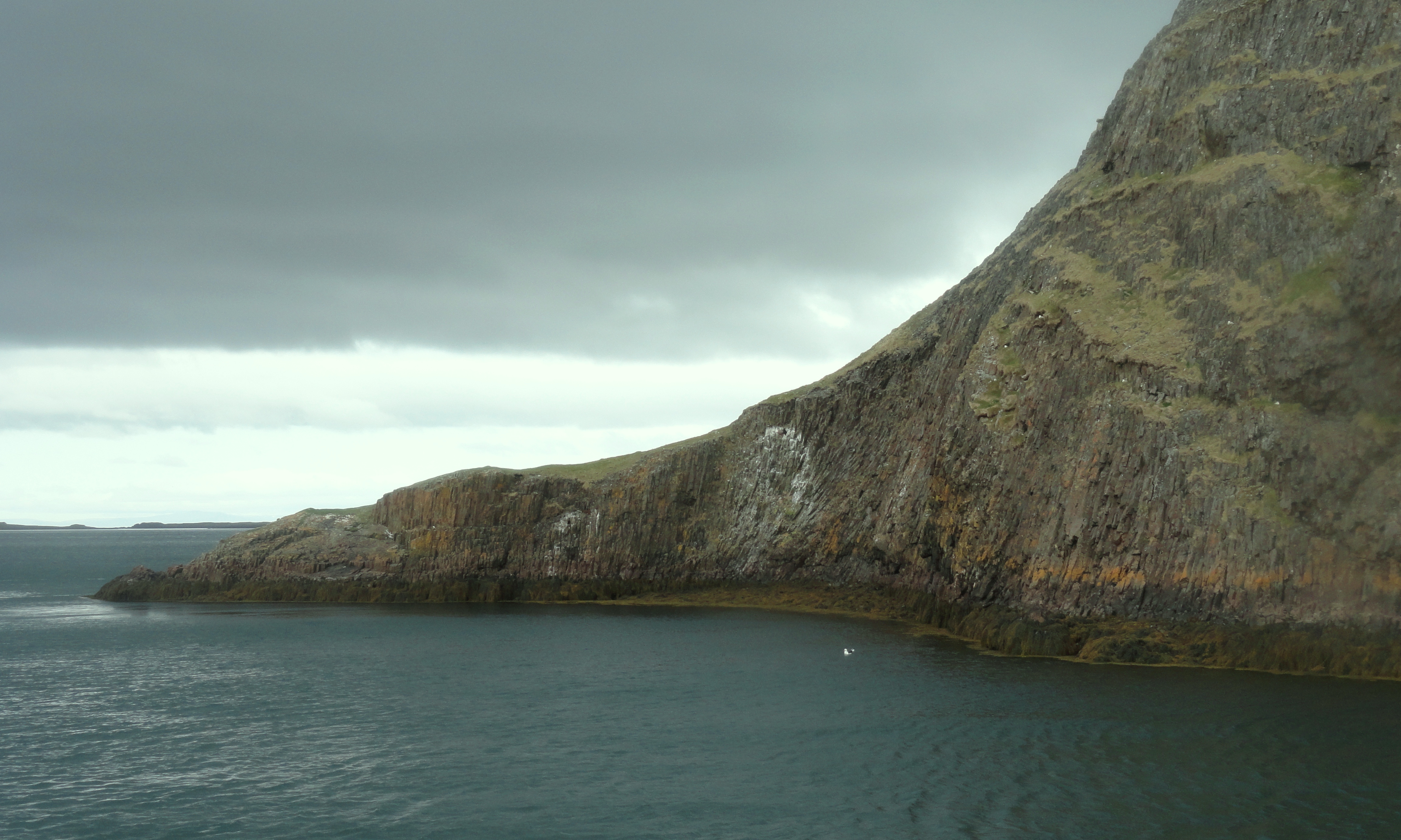
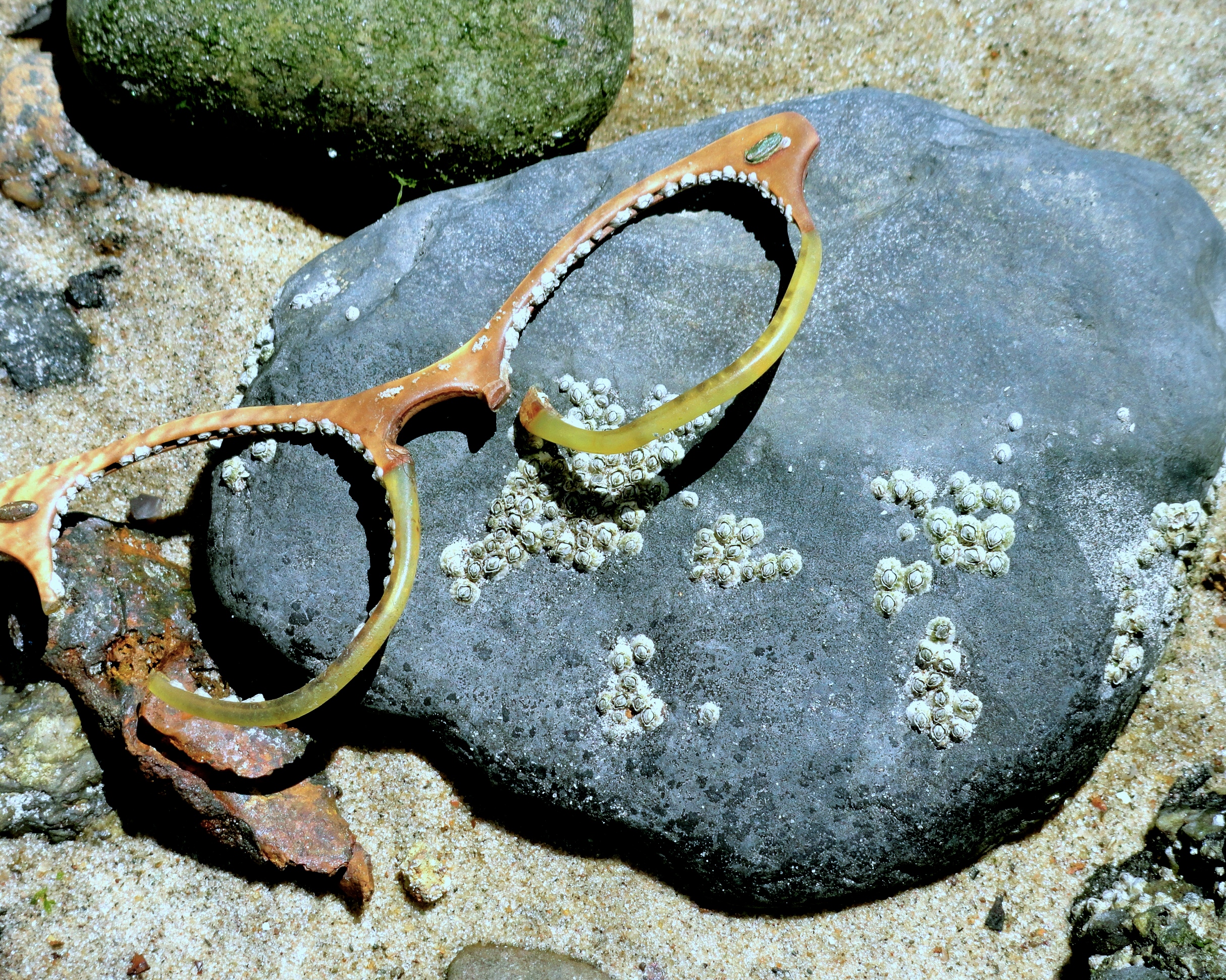
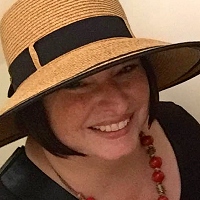
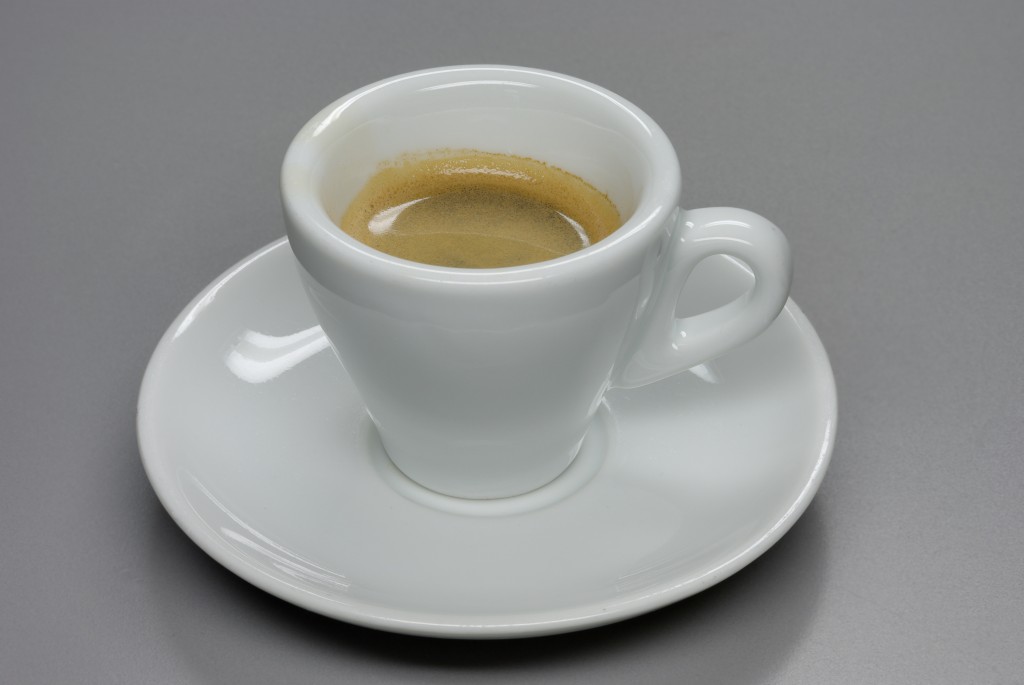
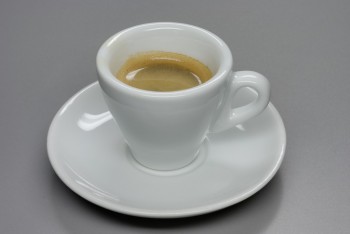
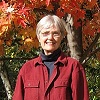 Patricia Wellingham-Jones is a widely published former psychology researcher and writer/editor. She has a special interest in healing writing, with poems recently in The Widow’s Handbook (Kent State University Press). Chapbooks include Don’t Turn Away: poems about breast cancer, End-Cycle: poems about caregiving, Apple Blossoms at Eye Level, Voices on the Land and Hormone Stew.
Patricia Wellingham-Jones is a widely published former psychology researcher and writer/editor. She has a special interest in healing writing, with poems recently in The Widow’s Handbook (Kent State University Press). Chapbooks include Don’t Turn Away: poems about breast cancer, End-Cycle: poems about caregiving, Apple Blossoms at Eye Level, Voices on the Land and Hormone Stew.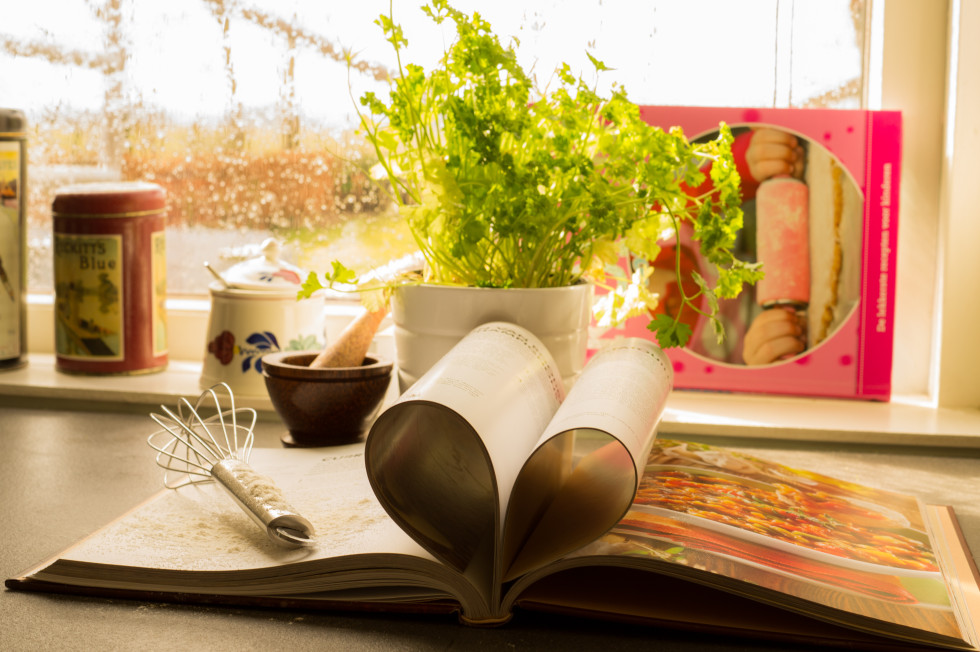
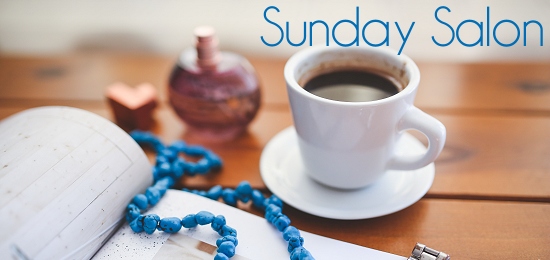
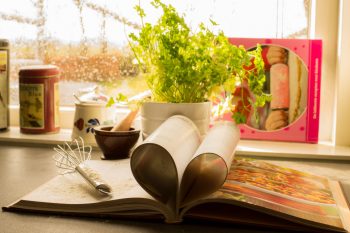 My mother insisted she could not cook as well as her own mother did, but most of us begged to differ. My mom’s specialties weren’t the country cooking my grandmother learned in the farm kitchen. My mom excelled at dishes with a slightly international flair -like spaghetti and lasagna, Swedish meatballs, quiche lorraine. She was the chief cake baker in the family, and her German chocolate cake with caramel frosting was the most requested dessert at every family potluck.
My mother insisted she could not cook as well as her own mother did, but most of us begged to differ. My mom’s specialties weren’t the country cooking my grandmother learned in the farm kitchen. My mom excelled at dishes with a slightly international flair -like spaghetti and lasagna, Swedish meatballs, quiche lorraine. She was the chief cake baker in the family, and her German chocolate cake with caramel frosting was the most requested dessert at every family potluck.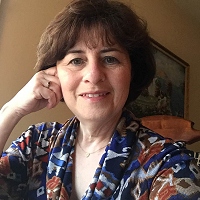 Becca Rowan lives in Northville, Michigan with her husband and their two dogs. She is the author of
Becca Rowan lives in Northville, Michigan with her husband and their two dogs. She is the author of 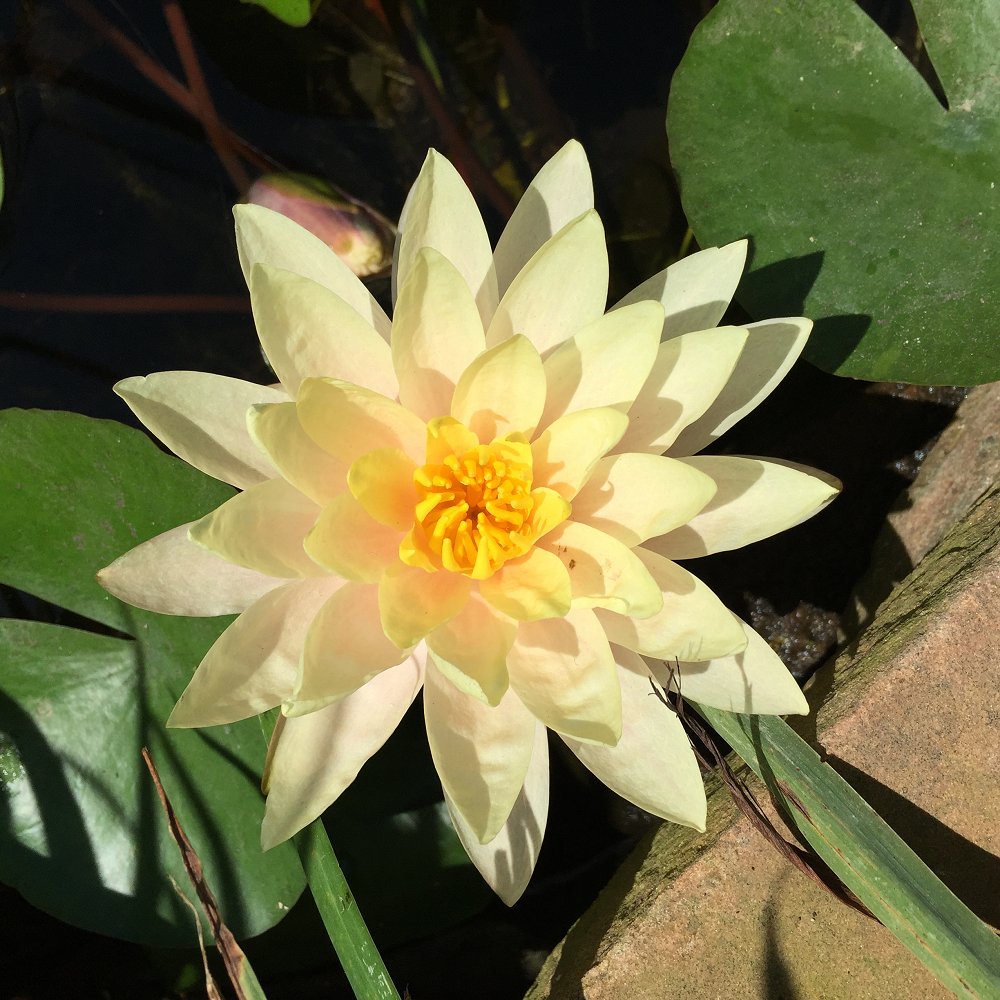
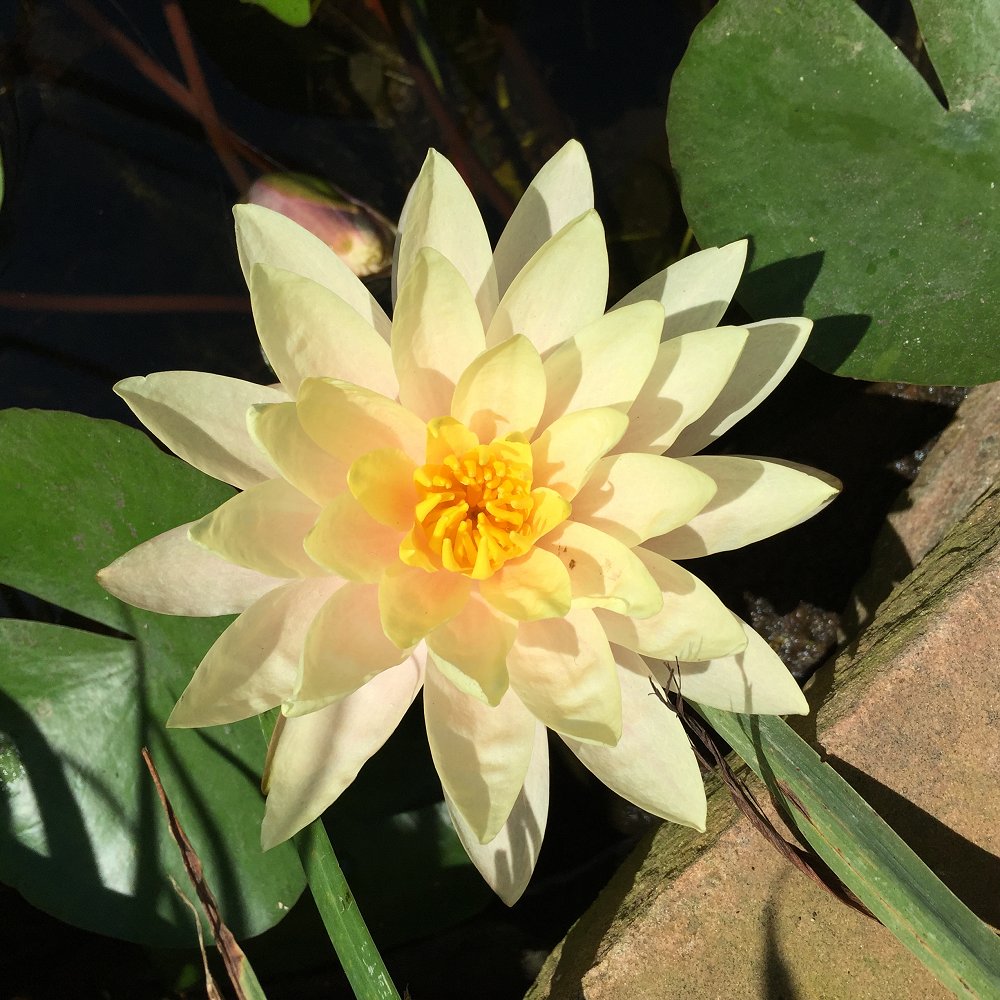

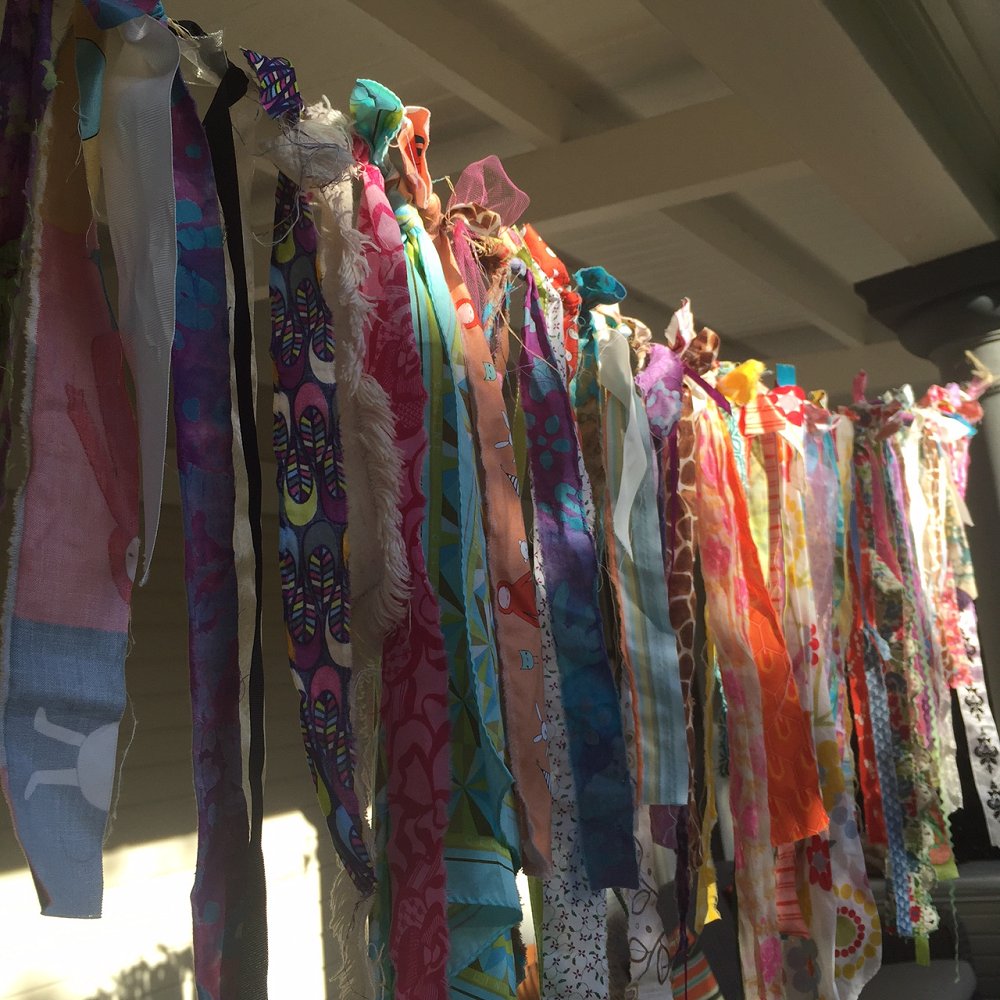
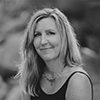 Christine Mason Miller is an author and artist who just completed Moving Water, a memoir about the spiritual journey she’s taken with her family.
Christine Mason Miller is an author and artist who just completed Moving Water, a memoir about the spiritual journey she’s taken with her family.